THE North and South Pine rivers are renowned for their ability to frustrate anglers when targeting jacks, jew, threadfin and other iconic species, with many anglers looking past the humble flathead as a target species.
While the initial strike from a flathead is nothing spectacular, the ensuing fight can provide you with plenty of heart-stopping moments. Within the North Pine River, flathead are most prominent from Sweeney Reserve to the mouth, however, you can also find them further upriver as they search for food.
When the prawns are running I have caught flathead as far upriver as One Mile Country Club. Flathead are also regularly caught in the South Pine River as far up as Bob Bell Park behind the Strathpine Centre.
You can target these fish in many ways, and my two favourites are throwing soft plastics and trolling lures. Throwing soft plastics is a good way to fish one area while covering a range of depths. It also ensures your lure is constantly in the strike zone. When throwing soft plastics I look for an area with sand or mud along with either weed, fallen trees or small channels running through the shallows.
Generally people fish for flathead on shallow sand or mud banks, however it can sometimes be hard to choose which to start on. Fishing a bank that has weed coverage, bottom structure or small channels and gutters will increase your chances. Unfortunately, the Pine Rivers don’t offer much in the way of weed banks, but plenty of small creek mouths have deeper channels and fallen timber surrounding them.
Good places to start include the mud bank that extends from the Deep Water Bend boat ramp to the Dohles Rocks boat ramp as well as the sandbanks scattered around the mouth of the river (near Dohles Rocks). I recommend you go at low tide to find which banks have deeper channels running through them.
It is also important to throw your soft plastic with the tide rather than against it. This allows the plastic to imitate a real, wounded baitfish struggling against the tide. Flathead will face into the tide, waiting for baitfish and crustaceans to wash past with the tide. So by working your soft plastic with the tide, the flathead will be able to see the bait coming.
When choosing a lure, I believe you should use what you are confident with. I prefer 2”-5” plastics including paddle tails, curly tails and jerk shads. Again, colour depends on what you are confident about using. I like to use white, silver, pink and brown when it is an extremely bright day and the water is reasonably clear because these colours best imitate a baitfish. When it is overcast and the water is somewhat dirty I have had more luck using darker colours such as brown, green and purple.
My favourite soft plastics are Squidgy 100mm Wrigglers in Bloodworm, 3” and 5” Atomic Fat Grubs in all colours and Atomic 3” Prongs. I like a reasonably heavy jig head weighing from 1/8oz to 3/8oz depending on the depth and tidal flow.
I also like to use small Damiki blades, mini soft vibes and 42mm Sebile vibes. Tying on a Zerek Live Shrimp allows me to change things up, especially if I have more than one person on board, so we can find what the fish are feeding on.
Recently I have favoured prawn imitations because of all the prawns in the system.
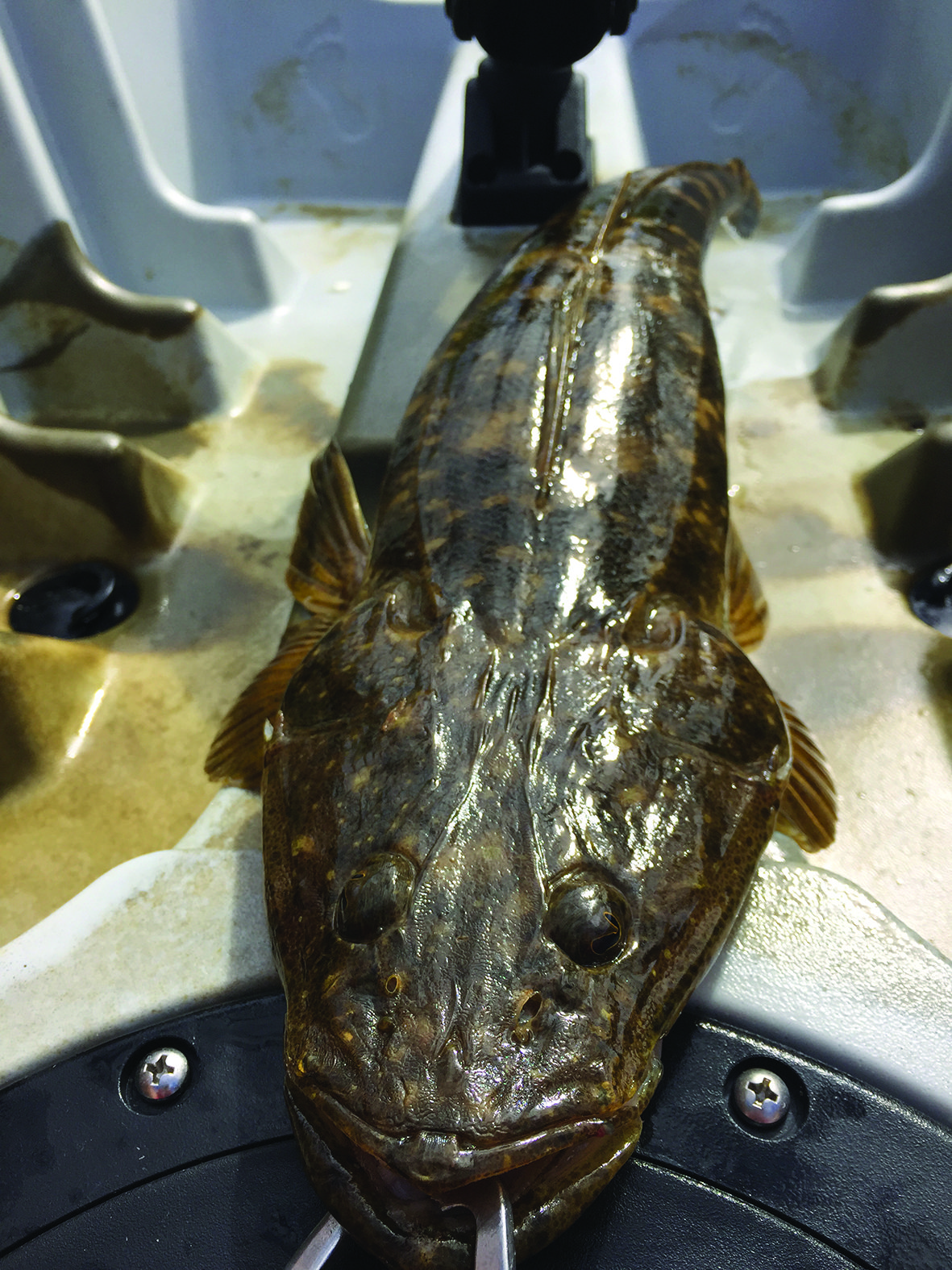
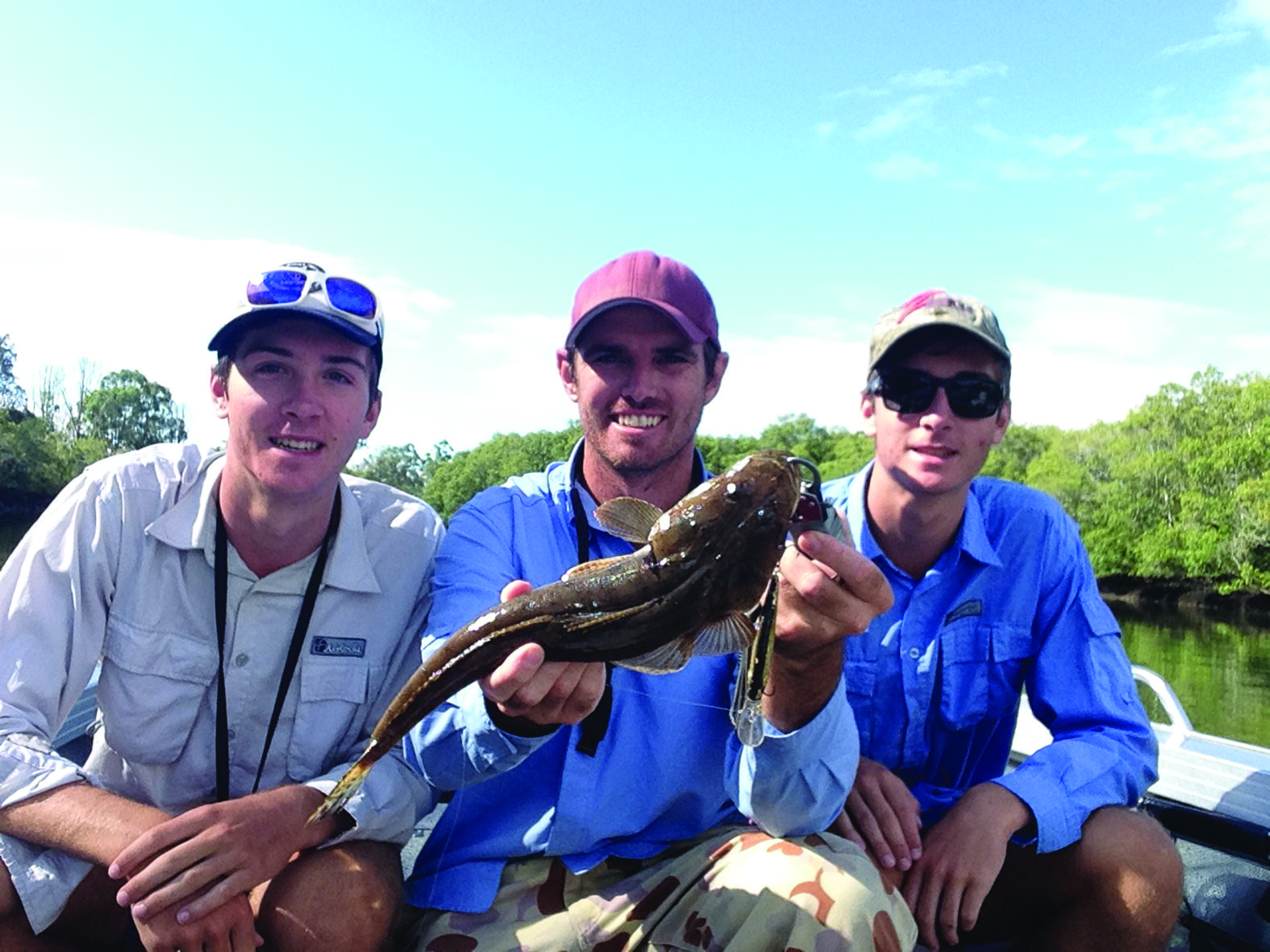
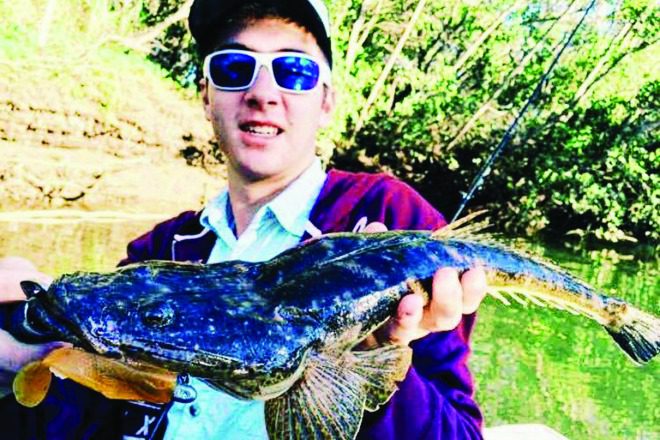
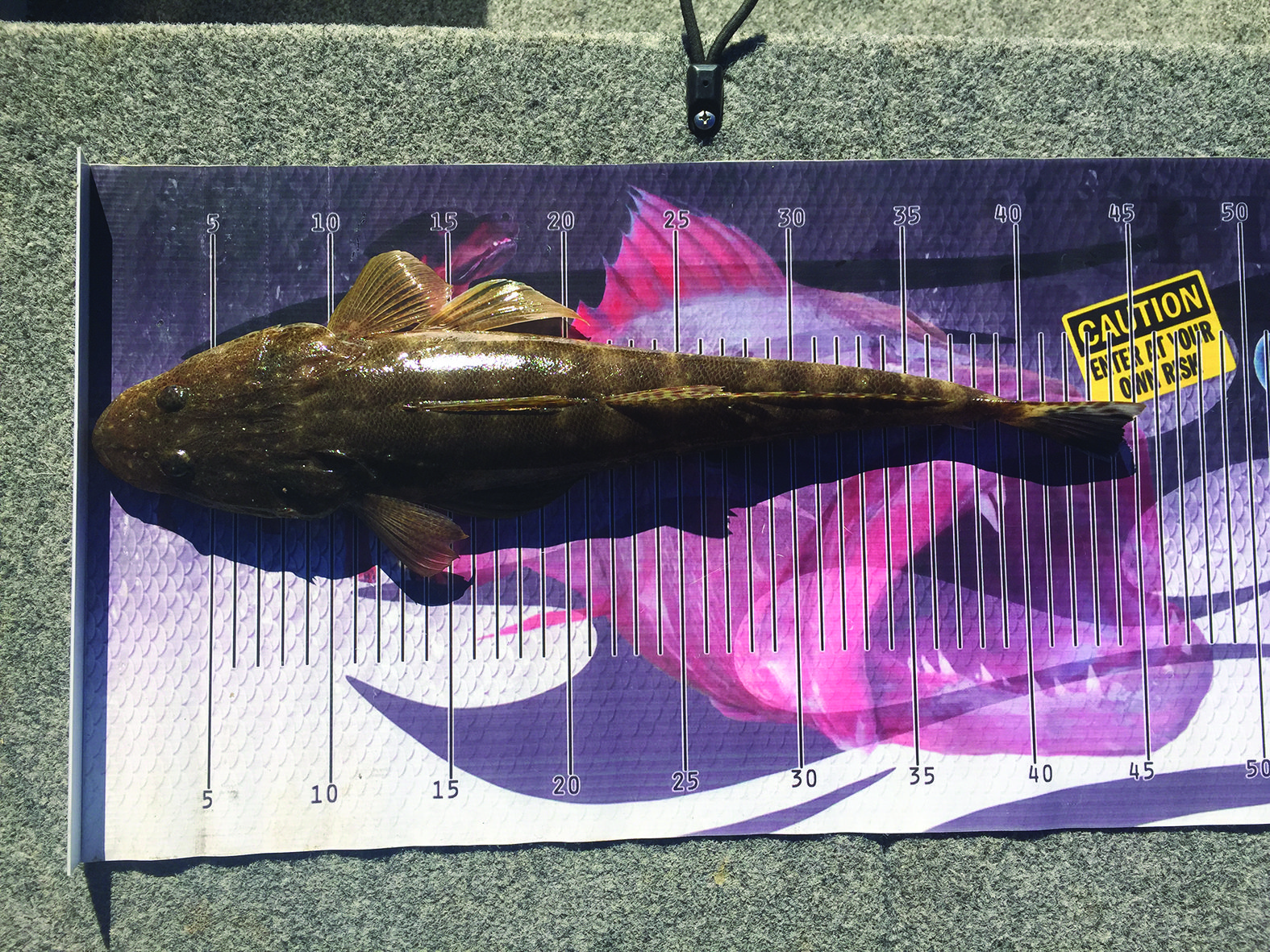
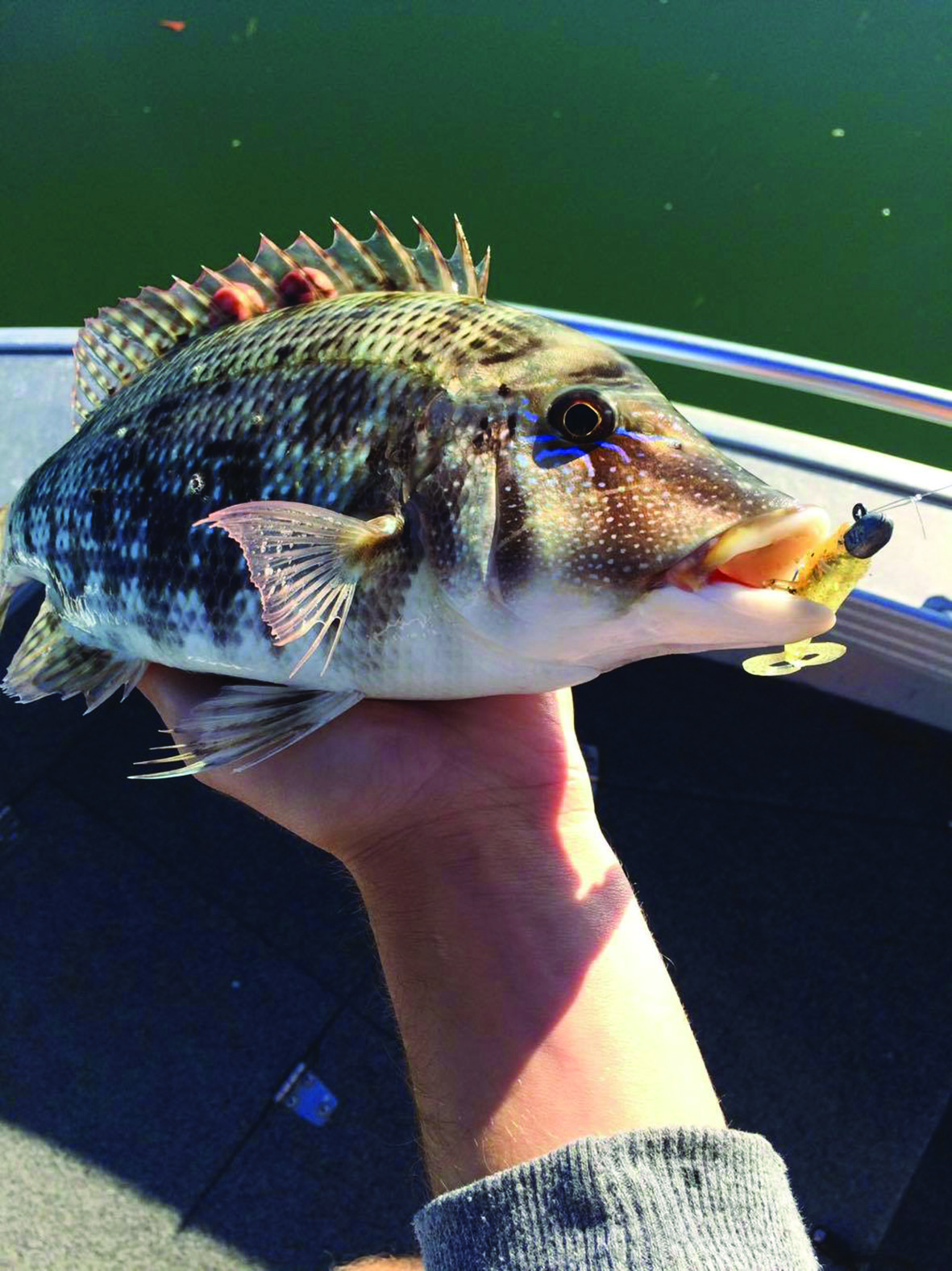
A sounder is extremely helpful because you want to locate the drop-offs. I like to troll along the steep drop-offs on an outgoing tide. Your lures will imitate the bait being washed off the bank with the tidal flow.
It is important that you choose a lure that dives to the same depth or deeper than the bottom. For example, if you are trolling in 1.5m of water, use a lure that dives to 1.5-2m so the lure is right on the bottom and creates a disturbance on the riverbed.
Some of my favourite trolling lures include Atomic Hardz Shad 50s, Zerek Tango Shads, small Black Dog Lures and 48mm Pontoon21 CrackJacks. It is so important to be confident about your lure choice. Remember, expensive lures don’t always mean better lures. Choose a lure that appeals to you and gives you confidence.
With winter now well and truly here we can look forward to seeing bigger females in our local estuaries getting ready to breed. If you are lucky enough to catch one, please handle the fish correctly. Always support the weight of the fish by placing a hand under the stomach, even when taking photos. After a quick happy snap and a photo on the brag mat, give the fish a swim next to the boat and watch it swim away to produce more fish for us to catch in years to come.
I hope some of these tips and techniques will help you not only in the Pine River but wherever you fish. The more time spent on the water, the more opportunities you will have to develop techniques that will work for you and hopefully give you a more consistent catch rate.
 Bush ‘n Beach Fishing Magazine Location reports & tips for fishing, boating, camping, kayaking, 4WDing in Queensland and Northern NSW
Bush ‘n Beach Fishing Magazine Location reports & tips for fishing, boating, camping, kayaking, 4WDing in Queensland and Northern NSW









